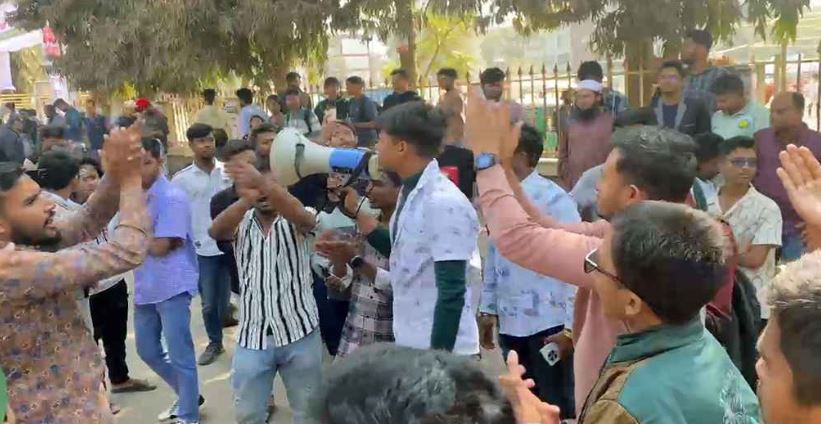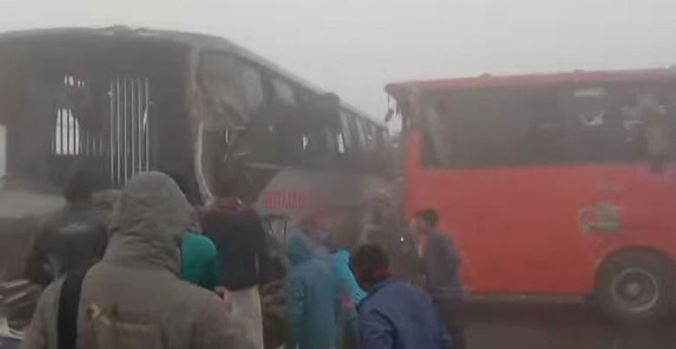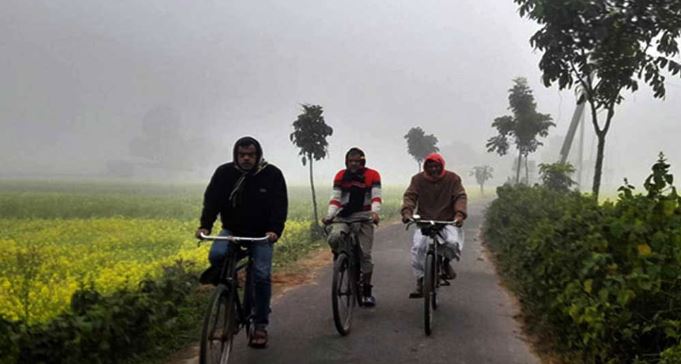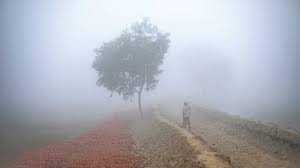
About 90 per cent of the cultivation target has already been achieved, according to the Department of Agricultural Extension (DAE). COURTESY
Farmers in Dinajpur and Rangpur are spending busy days in their fields to cultivate boro, the largest crop in Bangladesh. However, they are worried since the season would be pretty costlier for them because of the spike in the cost of farm inputs, including irrigation, diesel, fertiliser, pesticides and labour.
As a result, the cost of production will be much higher this year than in the last boro season. And a large number of farmers, especially from the marginal group, are bearing the brunt of the higher expenses.
Boro season runs from the end of December through February. At least 5.04 lakh hectares of land have been brought under the Boro paddy cultivation in five districts in the Rangpur region: Rangpur, Nilphamari, Lalmonirhat, Kurigram and Gaibandha.
About 90 per cent of the cultivation target has already been achieved, according to the Department of Agricultural Extension (DAE).
In Dinajpur, Thakurgaon and Panchagarh, the three districts under the Dinajpur region, 2.61 lakh hectares have been targeted for boro cultivation.
Dinajpur and Thakurgaon have so far reached 84 per cent and 57 per cent of the target respectively, while Panchagarh has overshot the target by 104 per cent, DAE officials said.
Farmers say they have to spend at least Tk 7,000 additionally on each acre just for the higher prices of the agricultural inputs.
Rafiqul Islam, a farmer of Mominpur village under Rangpur sadar upazila, says he has been facing difficulties in meeting the additional expenses.
“For the repeated losses in the last couple of paddy seasons, we are already under debt burden,” he said. He has sown paddy on three acres of land this year.
The situation is similar to other marginal farmers in the area.
Diesel is an essential part of agriculture, but the government hiked its price by Tk 15 per litre last year.
“We need diesel in every step to produce crops,” said Islam, adding farmers are paying Tk 500 in extra to plough an acre of land.
It had cost Tk 2,000 to ready one acre of land before the diesel price was hiked in November.
Islam says that he needs Tk 1,000 additionally to irrigate each acre of land. Moreover, there are costs for harvesting and crushing the crop.
Abdul Kuddus, a farmer of Hariharpur village under Parbatipur upazila in Dinajpur, has cultivated boro paddy on about an acre of land and has already spent Tk 2,000 for ploughing the field, which was Tk 1,500 last year.
The irrigation charge was Tk 2,000 last year. But this year, he has had to pay Tk 2,500. “It's an impact of the fuel price spike,” said Kuddus.
Farmers say the prices of fertilizer and pesticides are also higher compared to last year.
Muriate of Potash fertilizer is being sold at Tk 1,300 to 1,400 for each 50kg bag in the local market, way higher than Tk 950 seen a year ago.
Di-ammonium Phosphate (DAP) is available at Tk 980, also higher than the previous year. Urea is being retailed at Tk 800 per 50kg bag, an increase from Tk 750 the previous year.
“Besides, there have been higher transport costs,” Kuddus said.
Monsur Ali, also a farmer in Hariharpur, has cultivated boro paddy on three acres of land. He is worried as he does not know how he would manage the additional money that would be needed to cultivate the crop this season.
He got a better price in the Aman season but suffered losses during the boro season last year.
“The situation is difficult,” he said, adding that labour cost has also risen.
“We have no option but to survive. It is not easy for farmers to get back the investment cultivating paddy,” said Arman Ali, a farmer in Kaliaganj village under Biral upazila of Dinajpur.
A DAE official says the farmers in the eight districts in the Rangpur and Dinajpur regions would have to spend Tk 80 crore additionally to irrigate their land for the rise in diesel price.
In Rangpur, there are 2.31 lakh pumps. Of them, 1.04 lakh are diesel-run, 74,000 power-run and 124 are solar pumps.
“The cost of farm inputs has increased for various reasons,” said Mahbubar Rahman, additional director of the DAE in the Rangpur region.
He says farmers have been advised to apply inputs as per needs to avoid any over-use that would help them save money.
Rahman hopes farmers will get a better price for their produce.












0 Comments